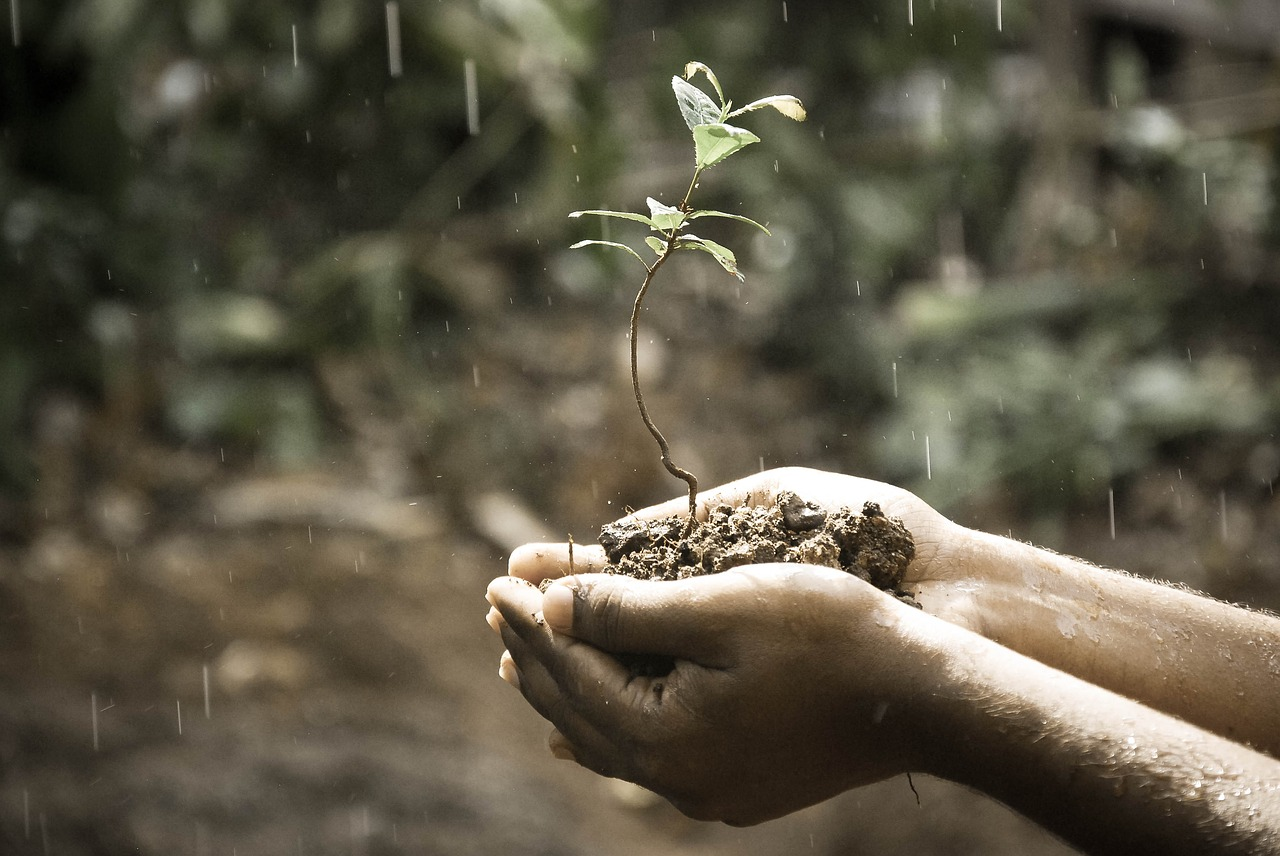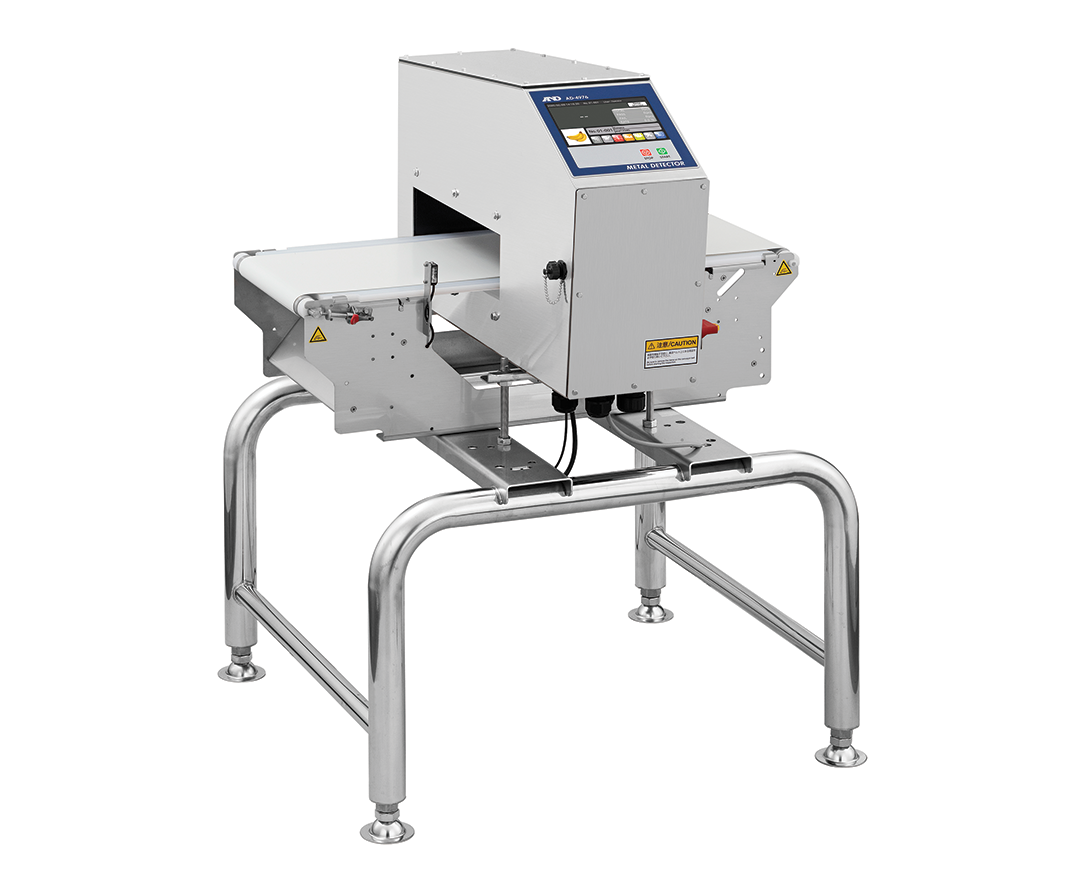What is Soil?
Soil is the mixture of organic matter, minerals, liquids, and gases that together support the growth of plant and animal life, store and purify water, and modify the atmosphere. Soil can be broken down into two parts: organic and inorganic. These interact with microorganisms and the environment around it to help your plants grow.
The organic part of soil is composed of carbon-rich decomposed plant and animal matter that strengthen soil structure and improve water retention. Over time, this organic matter mineralises to form inorganic compounds like ammonium, sulfates, and phosphates that provide plants with essential nutrients. Water, carbon dioxide, and other gases are also components of the inorganic part of soil; these allow plants to photosynthesise and perform other metabolic processes. Bacteria found in the soil also play an important role in breaking down dead matter and processing compounds into forms that plants can uptake.
pH is a way to measure how acidic or basic a substance or solution is. Essentially, it measures the imbalance between the concentration of Hᐩ and OH– ions. The lower the pH, the more Hᐩ ions a substance has and the more acidic it becomes while the higher the pH, the more OH– ions it contains and the more basic it becomes. pH is measured on a logarithmic scale, which means that every decrease of 1 on the pH scale corresponds to a tenfold increase in the number of Hᐩ ions.
A pH of 7 is neutral and has an equal concentration of the two ions; an acid solution has a pH between 0-7; a basic solution has a pH between 7-14. Lemon juice and vinegar are some common examples of acidic substances while baking soda and bleach are common examples of basic substances. Distilled water is neutral with a pH of 7.
Optimal Soil pH Ranges
Different plants do best in different pH ranges. Some can tolerate a wide range of pH values while others are more picky. Some prefer more acidic soil while others prefer more basic soil. For example, blueberries prefer more acidic soil at a pH of 4-6 while asparagus plants will still do well in more basic soil at a pH of 6-8. Most plants do well at a pH of 6-7, but make sure to do your research on the types of plants you’re growing to figure out the optimal pH for them.
If you find your soil too acidic, you can mix in lime (calcium carbonate) with your soil or apply potassium carbonate through drip irrigation, allowing it to penetrate deeper into the root zone of your soil. If your soil is too basic, the most common compounds used to lower soil pH are aluminum sulfate, which acts quickly, and sulfur, which acts more slowly. Like lime, both should be mixed into the soil after application in order to be most effective.
Why Test Soil pH?
Soil pH influences the availability of essential nutrients for plants to use. Because of this, plants placed in their optimal pH ranges will return more vigorous growth and larger, healthier yields. Your soil pH can be influenced by many factors and can fluctuate from day to day. Long term trends in pH should be monitored with periodic pH testing to ensure optimal plant growth.
Things That Affect Soil pH
Both environmental and manmade factors can affect pH. The most influential of these include climate and weather, surrounding plant life, water and irrigation, soil type, fertiliser composition, and nutrient availability.
Climate and Weather
The long term climate of your area, specifically temperature and precipitation, can heavily affect soil pH. In warm and humid environments, large amounts of rainfall can cause soil acidification as minerals and basic compounds are leached away by flowing water. Dry and arid conditions increase the salt and mineral content of soil due to higher rates of evaporation, leading to more basic soil over time. Short term weather conditions like drought or abnormally heavy rainfall and natural disasters like hurricanes and forest fires can also lead to rapid changes in soil pH as the balance between the concentrations of different compounds is shifted.
Plants
Native plants and ecosystems can greatly affect the pH of the soil you start out with. For example, the soil in a forest is more acidic than the soil in an area of grassland due to the products of decaying organic matter. The plants that you grow can also affect soil pH over the long term. Tobacco, for example, is known to heavily deplete soil nutrients and can cause gradual soil acidification.
Water
The water used to water your plants, depending on its mineral content and composition can also affect your soil pH. With heavy rainfall, runoff can also change the composition of your soil by introducing nutrients or pollutants.
Soil Type
The type of soil you have can influence pH in two ways. First, the type of rock that soil is composed of can directly affect pH. Soil made from weathered shale is acidic while soil rich in limestone is more basic. Second, the texture of your soil affects its ability to drain water and its buffering capacity, or its ability to absorb acidic and basic compounds without significant changes in pH. Sandy soils have poor water retention abilities and low buffering capacities, making them more acidic. Clay-based soils, on the other hand, absorb nutrients and minerals much better and are usually neutral or basic.
Fertiliser Composition
Nitrogen-based fertiliser can decrease the pH of your soil and may require basic compounds to balance its effects. Make sure to check the pH of your soil and the pH of the fertiliser you plant to use in order to anticipate any changes that might affect plant growth.
Nutrient Availability
pH affects how much of each essential nutrient or mineral is available for uptake by plants by catalysing or preventing the reaction of different compounds. Additionally, pH changes can bind or unbind different metals, leading to conditions like aluminum toxicity in acidic soils and molybdenum poisoning in basic soils.
Changing soil pH
Different compounds can be used to change soil pH in order to ensure optimal plant growth:
Lime and dolomite
Lime or dolomite can be used to increase the pH of acidic soil. Remember that clay-based soil has a high buffering capacity and will be more resistant to changes in pH, requiring a higher application rate.
Trials
Experiments applying lime to plots of acidic soils in Queensland have shown increases of 0.1 to 0.8 pH units for every tonne of lime added per hectare. The most common pH change was about 0.2 to 0.3 pH units.
How do you adjust your pH?
Before adjusting your soil pH, you must ascertain two things: your current soil pH, which can be measured with a pH meter, and the texture and composition of your soil (whether it is clay-based, sandy, or in-between). With this information, you will know first, how much to raise or lower your pH, and second, how much of an acidic or basic agent you should add. Keep in mind that the pH of sandy soils can be easily changed while clay-based soils resist pH changes in either direction.
The two most common pH-changing agents are limestone and sulfur – limestone for raising pH and sulfur for lowering it. Dolomite, a type of limestone, can raise pH more effectively than plain limestone while adding magnesium, an essential nutrient to the soil. Both limestone and sulfur can be bought as powders or pellets, with the latter being preferred for spreading across large areas of land. Because both are insoluble in water, you should mix them into the top few inches of soil after application for best results.
Commercial applications
Even though commercial rates of application of 2 tonnes of lime per hectare can only increase pH levels by an average of 0.5 pH units, they can still improve crop yields in acidic soils. Additionally, adding lime to tropical soils can help improve their ability to retain nutrients that can be absorbed and used by plants.
Why should you monitor your pH?
pH levels can steadily increase or decrease in the long term, even after adding limestone or sulfur to counteract this change. Because of this, it is important to periodically measure your soil pH and keep it within a certain range to ensure healthy plant growth. This is especially important in areas with high rainfall, where basic compounds and nutrients are constantly leached out of the soil and acidification occurs more quickly.
Problems with high pH (alkaline) soils
Soils become basic (alkaline) when carbonates and bicarbonates are present. Usually, they are combined with calcium and magnesium, but at higher pH levels, soluble sodium ions often predominate, creating sodic soil. This soil accumulates metals that may be toxic to plants at the root zone, decreases the amount of essential nutrients available for plants, and often have poor drainage, making it infertile for plant growth.
Significance of soil pH nutrition
Soil pH regulates the amount of nutrients available for plants to uptake by increasing or decreasing the binding up of different metals and minerals with other compounds in soil. In acidic soils, for example, phosphorus reacts with iron and aluminum, restricting its availability to plants. Manganese and aluminum, however, become unbound and can be taken up by plants in acidic conditions, resulting in toxicity for plants. Alkaline soils can bind up essential metals like iron, manganese, and zinc, resulting in certain plant deficiencies that disrupt stem and leaf growth.
Pests, diseases and soil pH
It is important to keep soil pH within a plant’s optimal range to ensure that it can uptake essential nutrients and metals. This will result in strong, healthy plants that are able to ward off pests and repair damage to its leaves, stems, and roots. Diseases themselves, which are usually caused by bacteria, can also be suppressed by keeping soil pH within a certain range. For example, the common scab, a bacterial infection prevalent among potatoes, carrots, and other taproot plants, can be kept at bay by keeping soil pH at around 5 or lower.
Types of Soil Treatments
How to Test Soil pH
Soil pH can be tested from field samples using two common methods: slurry testing and direct soil testing.
Slurry pH Testing
With the slurry method, you will be able to get an idea of soil pH over an entire area. Make sure to take samples at the same depth and across your whole plot to get representative measurements. To test, gather soil from near your plants and further away so you can compare the samples and measure the effect of your plants on soil pH. Add equal parts soil and neutral distilled or deionised water to a beaker and stir for around 5 seconds. Let sit for 15 minutes and measure using your preferred pH measuring method.
Direct Soil pH Testing
Instead of taking samples, direct soil testing allows you to quickly measure pH in the ground. First, drive a hole to a predetermined depth with a ruler. Next, add in the distilled or deionised water into the hole until damp, but not completely soaked. Insert a pH meter or pocket tester into the hole and wait until the reading stabilises.
Soil pH Testing Options
Soil pH is usually tested using four main instruments. pH test strips and chemical test kits are used as inexpensive, but less reliable methods to test for pH. Digital pocket testers and pH meters are more expensive, but usually more accurate.
pH Test Strips
pH test strips are paper strips saturated with a pH sensitive dye that changes colour according to a solution’s pH. The paper is then matched to a chart that assigns pH values to different colors. This method is an inexpensive and quick way to test for pH, but it does have its disadvantages.
First, soil has the potential to stain these paper strips, obscuring its true colour and making it difficult to match to a pH value. Additionally, they are rated to be accurate to only ±0.5 pH units, which is a huge degree of inaccuracy in terms of growing plants.
Soil pH Chemical Test Kits
pH chemical test kits work by the same principles of pH test strips, where a change in colour is matched to a certain pH value. Because of this, it also has the same disadvantages. These are usually used to test the pH of aquariums and usually measure within a range of narrow values rather than the full spectrum. This presents a problem when the pH of your soil can change quickly or when you don’t know which range of pH your soil falls in.
Digital Soil pH Pocket Testers
pH pocket testers are portable digital instruments that use a pH electrode to test for H+ ion concentration and convert that to pH values instead of using colour changes. These can be used in direct soil readings and are far more accurate than the previous methods. Compared to 0.5 to 1 pH units for pH strips and chemical kits, these testers are accurate to 0.1 to 0.01 pH units. Soil ph Meters.
However, the pH electrodes on these instruments are sensitive to debris, making them quite fragile, although there are waterproof options available and filters that help protect the electrodes. pH electrodes are also sensitive to temperature changes, which can produce error in your measurements. To preserve their accuracy and extend their lifespan, you will need to take care of your pocket tester and periodically calibrate and clean its pH electrode.
Portable Soil pH Meters
Soil pH meters are much more accurate versions of digital pocket testers, with a higher price tag to reflect that. They are often accurate to 0.001 pH units and come with automatic temperature compensation, limiting the error that different temperatures can cause on your readings. They also have many more functions than pocket testers, including the ability to log detailed data and software that will check the condition of its pH electrode. Finally, they require the same maintenance that pocket testers need in order to keep them working for as long as possible.










